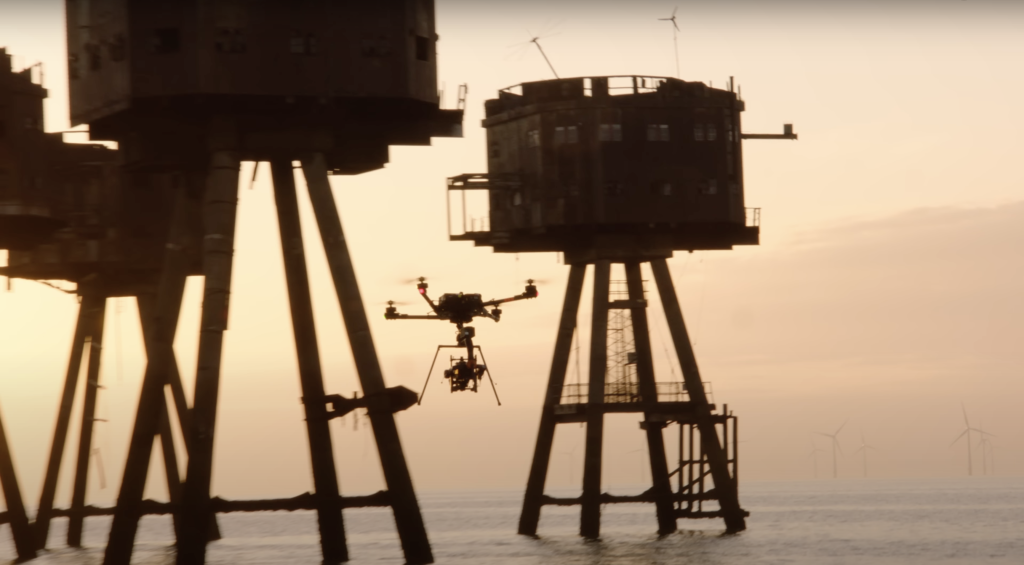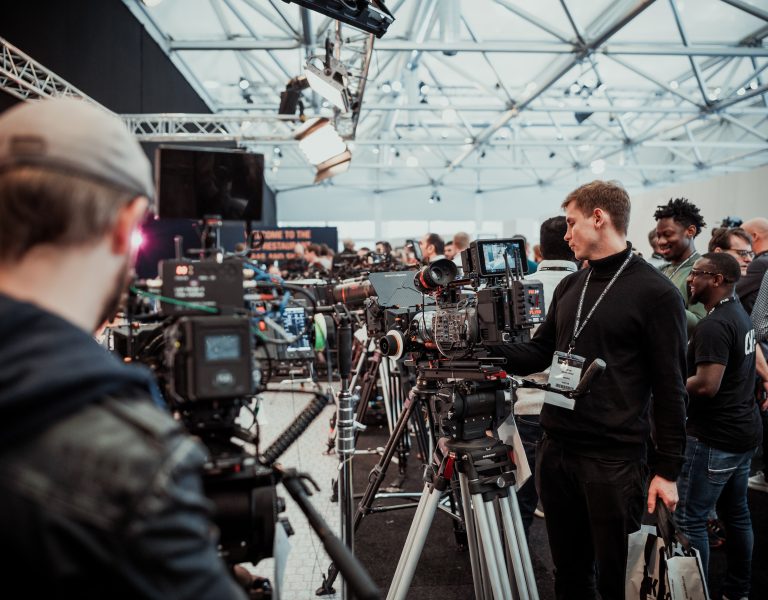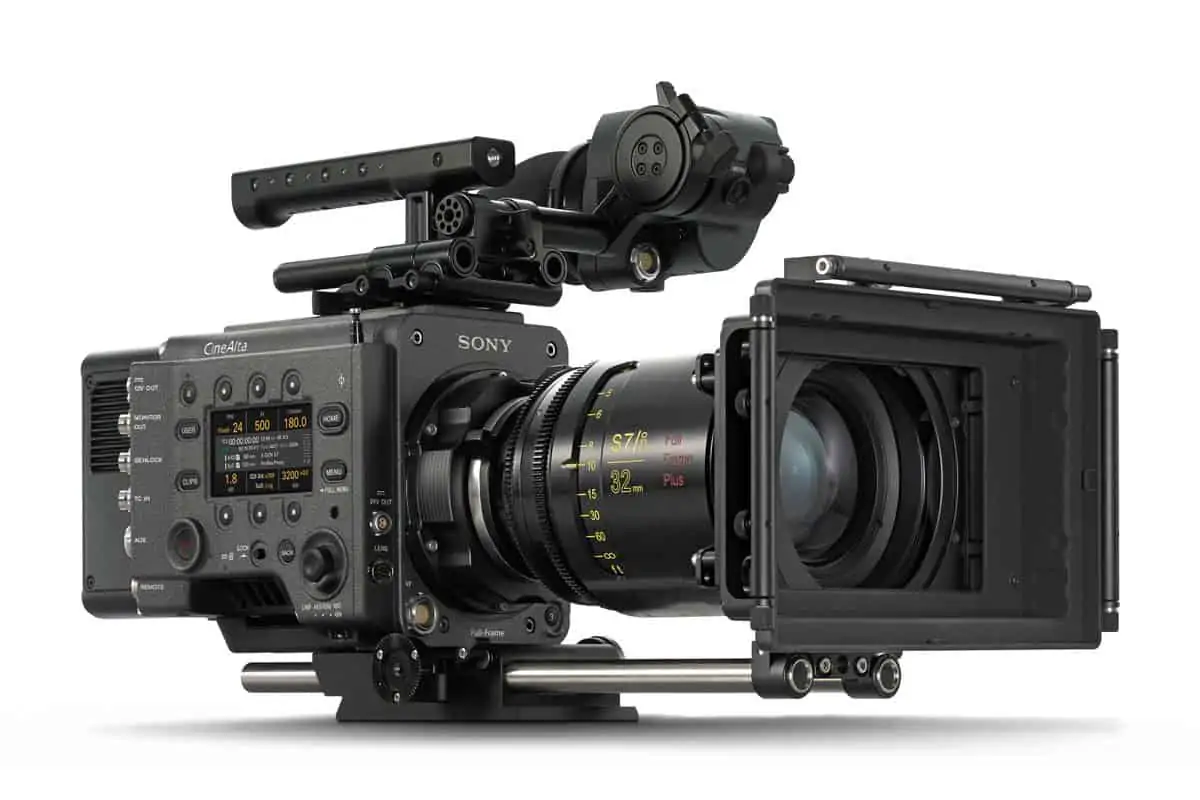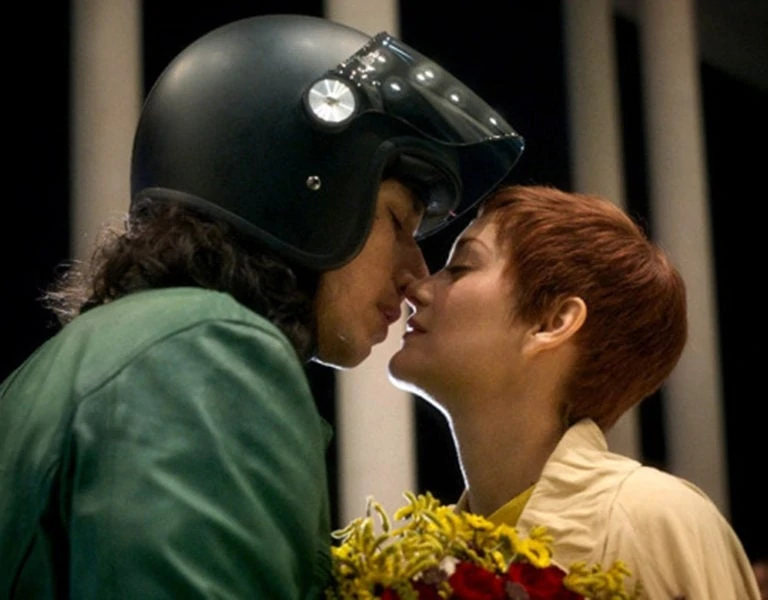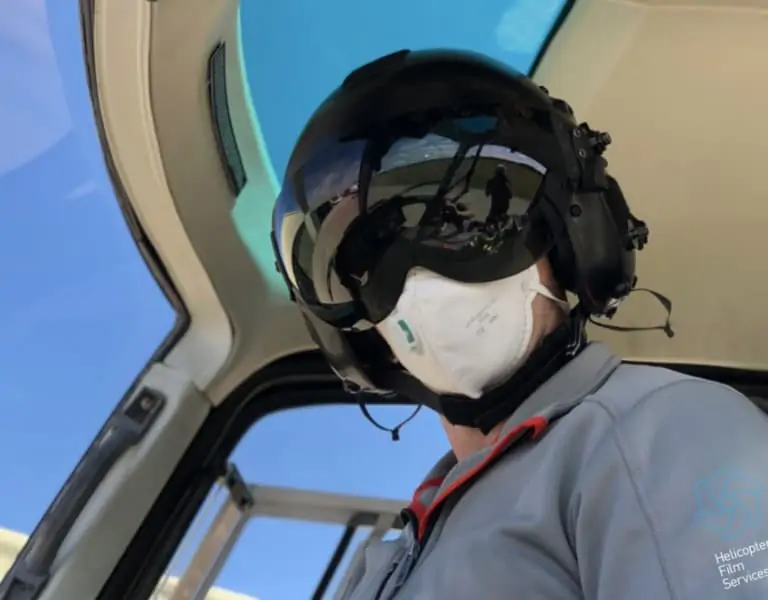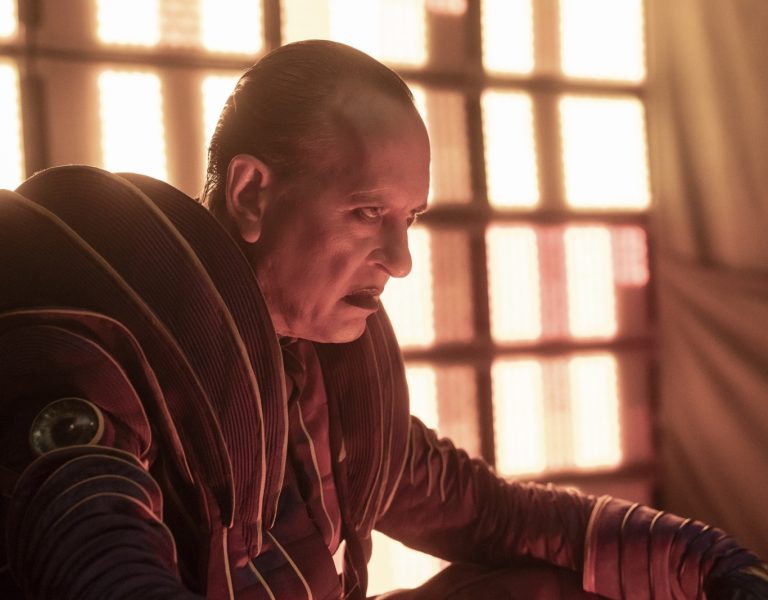NEXT GENERATION AERIAL CINEMATOGRAPHY
For drone cinematographers The Helicopter Girls, first person view (FPV) is the single most significant development since ARRI released the Alexa Mini in 2015. But what is FPV, how is it changing the way directors and DPs are using drones and how is it shaping the future of drone technology?
A rare female founded tech company, The Helicopter Girls has been going since 2011 and now create aerial shots for the creators of productions like Fast X, The Boys in The Boat, Paddington, Netflix’s The Gentlemen and Bridgerton and Paramount’s Sonic spin off, Knuckles. The thing that sets them apart is meticulous planning and skill, putting their crew and their next generation technology in the spotlight.
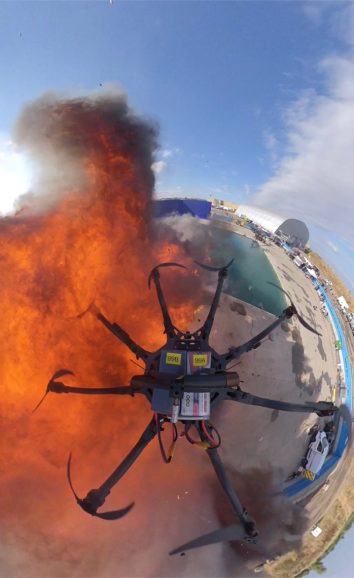
What’s the future of aerial cinematography? The Helicopter Girls co-founder Katya Nelhams-Wright explains…
Technology and innovation have always been at the core of what we do as a company. It informs the kit we invest in and the people we work with. The technology that is currently driving that innovation is FPV. First person view is a technique where a pilot utilises goggles that receive a video feed from a witness camera mounted on the drone. This setup allows the pilot to control the drone as if they were actually seated inside its cockpit. It’s a completely immersive experience which gives the pilot real-time perspective of the drone’s environment enabling them to pilot with incredible accuracy.
We first encountered FPV in 2016 when we read about 15-year-old British pilot Luke Bannister winning the drone racing world championships in Dubai. As we watched early FPV videos on YouTube, we immediately recognised the potential for aerial cinematography that could be harnessed from the sheer agility of the drones and the raw skill of the racing pilots.
Today, at 23, Luke Bannister is one of a growing team of FPV pilots for The Helicopter Girls. His remarkable film credits including Fast X, Wicked, The Meg 2, The Gentlemen, Road House, and Gran Turismo. When we first started working together RED were about to release the Komodo and the technology was focussed on fixing the camera to the chassis of the FPV drone. This produced powerful shots with never-before-seen camera movement as pilots took to diving down the sides of buildings and chasing cars at phenomenal speeds. These kind of FPV drones are built for speed and agility. They can reach speeds of 110mph and fly for around three minutes with a RED Komodo and Laowa 12mm, but as the camera is hard mounted, the composition and framing of the shot is solely controlled by the pilot.
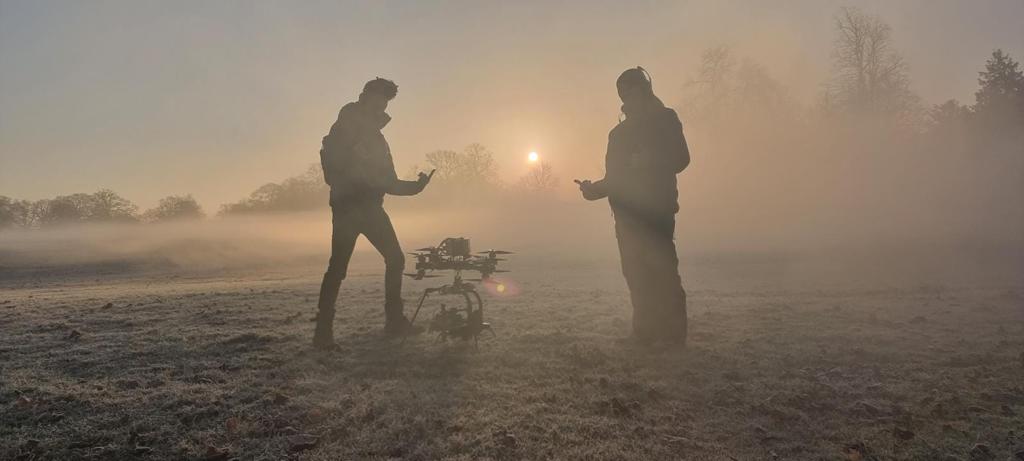
–
Drone pilot Luke Bannister tells us more…
What does FPV allow you to do?
“The most exciting part for me is the improvement in cameras. Cinema quality cameras have been getting smaller and lighter which has allowed us to develop FPV drones with high performance and small footprint, this enables us to move the camera into spaces a larger drone wouldn’t fit.”
How was FPV used in Fast X?
“I flew fixed camera FPV on the motorway chase sequence, following cars over the edge as they crashed through barriers and high-speed chases. It was used to get closer to the action or move through the action in a way you couldn’t with any other tool.”
What are the key ingredients of a successful shoot?
Planning, preparation, and teamwork. Behind the scenes at The Helicopter Girls, there is a huge amount of work that goes into planning and preparation for the shoots. As a team we are supported with the best equipment and everything we need on set allowing us to focus on the shot and creative aspects.
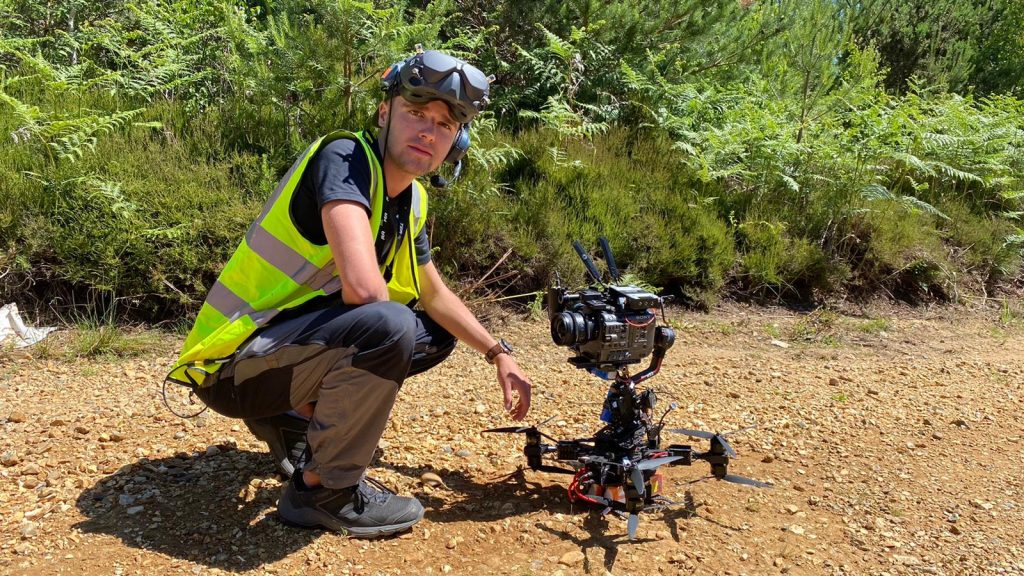
–
THE ARRIVAL OF GIMBALLED FPV
Nelhams-Wright and her team continue to advance the way they use FPV to enhance the cinematography toolkit. “My personal goal was to bring FPV into a dual operated discipline, stabilising the horizon and enabling pilot and camera operator to master a new style of flight and a level of storytelling that would open many more possibilities,” she says.
Will Roth, aerial camera operator with The Helicopter Girls, explains what makes gimballed FPV different…
As with line-of-sight piloting, the synergy between the FPV pilot and camera operator is incredibly important but there are some key differences. The relationship between the camera operator and pilot is similar to a driver and co-pilot in a rally car. Luke can only see where the aircraft is going, so he relies on me and my communication to fly the shot. The first thing we do when we get on set is to go and talk through the shot with the director and DP and understand what they want to achieve. We would input any information about hazards we might need to avoid and discuss how to make the shot more dynamic.
Luke and I will then do a walk-through of the shot. We make it like a slalom course, breaking it down into sections, treating each part individually. Normally we do this in reverse starting at our end point, working backwards, identifying certain beats within that section we want to hit. We identify visual markers for Luke to watch for to help with height, speed and positioning through each section.
Once we’re happy we do a rehearsal. This has a double purpose for us. FPV flying and dual operating relies heavily on the systems video and control links. If the pilot loses their video goggle signal, then they are basically blind and cannot see where they are going so Luke uses the rehearsal like a fact check where he can test the robustness of his video feed and pilot control link. We also have a spotter with us who keeps constant visuals on the drone as it flies. If Luke starts to get break up in his goggles and the area below him is clear, he gets the drone on the floor as quickly as possible. If he is unable to do that, he and the spotter work together to talk the drone into a safe landing position. It also enables me to check that my video feed from the camera is going to be clear enough to operate and that I’m not losing control of the gimbal head. If we get any issues, we reposition ourselves for better signal.
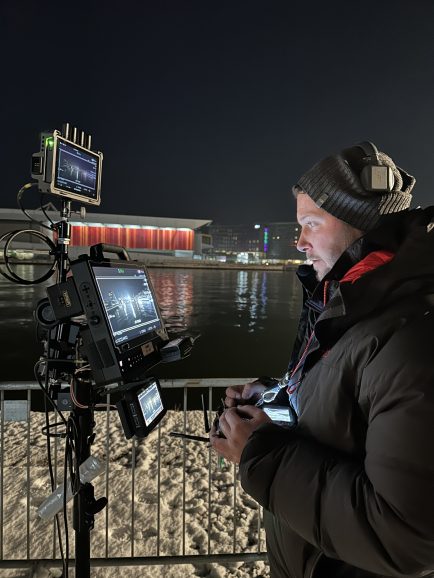
Once we’ve done our first flight, we review the take. This is really import for Luke especially as it’s the first time he actually sees the shot and we can make changes to our fight line altering timings, speed and height.
A really good example of how our process works is when you need to do a shot which has lots of different elements. We flew a project earlier in the year where the action was two actors running across a bridge and coming off that onto the front of a building and then tracking past that to reveal the hero vehicle headed off down the road. The timing of the shot was very complicated because there were so many moving parts, and the shot was a relatively long shot. Firstly, we rehearsed the shot without the actors and vehicles until we were happy with our flight line. We then began adding the elements in one by one, reviewing timings and the beats with the stunt and vehicle coordinators to create the shot so that when the DP and Director were available to shoot, we could get it in one take.
–
Heavy lift line-of-sight flying is also influenced by this area of next generation tech. Chief Pilot Pete Ayris has been with The Helicopter Girls since 2016.
How long have you been flying?
I have been flying all my life. My dad taught me to fly model planes 30 years ago and my first professional drone pilot job was Avengers: Age of Ultron in 2015.
I remember being incredibly nervous but once I started flying that all disappeared. Every time I smell the special effects smoke it takes me straight back to sitting in an EZE-up in Hendon waiting for my turn to fly.
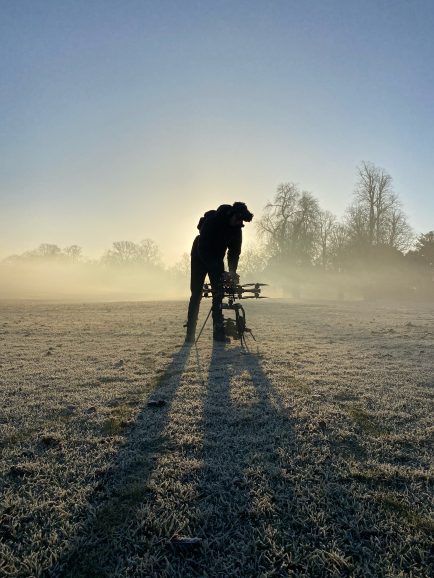
How is FPV shaping the future of drone technology?
As a line-of-sight pilot, you can’t use FPV goggles to fly because you have to maintain constant visual sight with the drone, but you can implement some of the techniques. I have started to replace my monitor with a pair of augmented reality (AR) glasses. These are transparent and give me a full unrestricted view of the world around me without compromising my situational awareness. Now my monitor is right there in my glasses so wherever I’m looking, I can see all the information I need without having to take a second to look away.
I recall a shot earlier in the year where I had to descend between a pair of tall buildings and as always, I had my monitor and set-up right in front of me, but because I was looking virtually straight up, the head movement to get down to see my monitor was significant. That meant I was having to keep the aircraft out of the walls and couldn’t spare the second or two it would take to look away, find the monitor, look back and find the aircraft in its new position.
Now, I can look straight up and the data is right there. It’s a transformational piece of technology to have at my disposal and I can see it enhancing my flying.
–
Nelhams-Wright sums up The Helicopter Girls’ approach. “Primarily we’re a drone filming company but more and more I see us as a creative technology hub. If the guys aren’t out flying on set, they’re at the office building drones, designing, testing, showing one another shots they’ve done; it’s a really fun and creative place to be.”
Ayris agrees. “The main way that FPV affects me is a larger community of pilots to obsess about flying with and to bounce ideas off. FPV is a fabulously flexible tool and it’s here to stay.”
